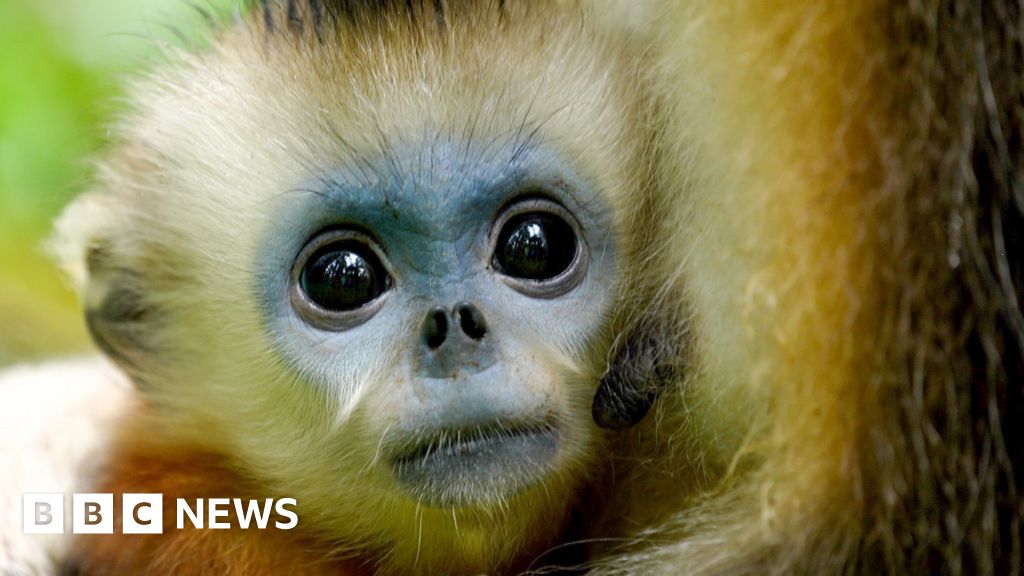A newly identified bee species in Australia has sparked a call for urgent conservation measures. Named Megachile Lucifer due to its tiny horns resembling a devil's, this remarkable bee was found in the Bremer Ranges of Western Australia's Goldfields region, which is home to rare wildflower species.
The female of the species showcases ''highly distinctive, prominent horns'' that could serve multiple purposes, including defense and pollen collection. Dr. Kit Prendergast of Curtin University, the study's lead scientist, explained that the name was inspired by the Netflix series 'Lucifer' she was watching during the species description process. This discovery marks the first addition to this particular bee group in over two decades.
Dr. Prendergast emphasized the importance of the bee, noting that the name 'Lucifer', meaning 'light bringer', also serves to shed light on the need for increased conservation efforts for native bee populations. She and her research team have called for the areas where this bee and the endangered wildflowers grow to be formally designated as conservation land, protected from activities that could threaten their existence.
The combination of habitat disturbance and climate change poses significant risks not only to the newfound bee species but also to endangered plants, as many mining companies overlook the assessment of native bees in their environmental impact reports. Understanding these dynamics is crucial as losing native bee species could result in detrimental effects on vulnerable plant ecosystems.
Dr. Prendergast concluded, Without recognizing the native bee species and the specific plants they rely on, we might jeopardize both before we even notice they're gone. This discovery serves as a poignant reminder of the delicate balance within ecosystems and the imperative to protect our natural environment.




















